After almost seven years, a beleaguered and heavily bearded Julian Assange has been removed from the Ecuadorian embassy.
The WikiLeaks founder was arrested on Thursday morning for failing to surrender to the court, the Metropolitan Police said.
It comes after nearly a decade of legal wrangling for the 47-year-old, after an arrest warrant was issued in August 2010 following allegations of rape and molestation after he returned from a speaking trip in Sweden, which he denied.
The case was later dropped.
He has since fought extradition to the Scandinavian country, and took up inside the Ecuadorian embassy in 2012.
His journey to the Knightsbridge flat came after a luxury “mansion arrest” while on conditional bail, as one of his lawyers jokingly called it.
Assange spent one year from December 2010 holed up inside the grand Ellingham Hall in Norfolk, a country house owned by ex-British Army Officer Vaughan Smith.
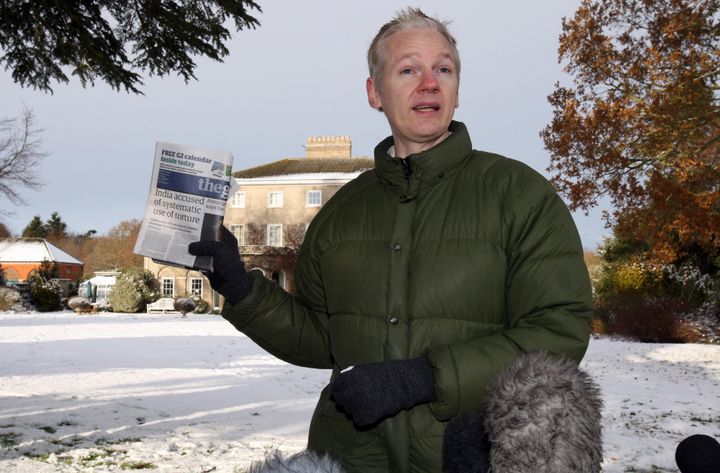
Smith granted him refuge first at the Frontline Club, an organisation owned by Smith which champions independent and conflict reporting.
Assange then moved to the mansion.
Smith told The Independent in 2010: “It wasn’t any more about whether WikiLeaks was right or wrong, for good or bad.
“It was about standing up to the bully and the question of whether our country, in these historic times really was the tolerant, independent and open place I had been brought up to believe it was and feel that it needs to be.”
From vegan meal deliveries to visits from Nigel Farage and Baywatch star Pamela Anderson, here are some of the wildest plot twists in the saga.
2012
June 19: Assange enters the Ecuadorian embassy in London, requesting political asylum, which Ecuador grants in August.
August 19: He makes his first public appearance in two months on the Ecuadorian embassy’s balcony and calls for the US government to “renounce its witch-hunt” against WikiLeaks.

November: Ecuador’s ambassador to the UK, Ana Alban, says Assange is suffering a chronic lung condition after spending months inside a one-room office at the embassy.
The Ecuadorian government later plays down the health fears and says Assange “does not have an urgent medical condition”.
2014
August: After Assange loses a legal bid to have an arrest warrant issued in Sweden against him cancelled, he tells a press conference he will be leaving the embassy soon following speculation that he is seeking hospital treatment for heart and lung problems.
His supporters claimed that he was unable to seek the treatment for fear that he would be arrested if he stepped out of his refuge.
That December, Assange appeared on the embassy’s balcony to greet Noam Chomsky, the US philosopher and activist. Hollywood actor John Cusack, of Being John Malkovich fame, also visited the WikiLeaks founder later in the month.
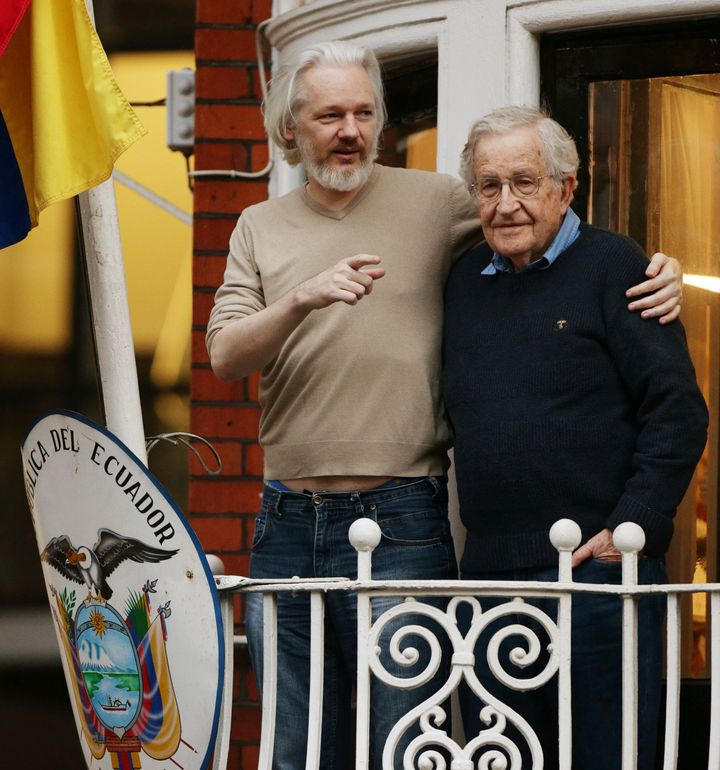
2015
October 12: Metropolitan Police end their 24-hour guard outside the Ecuadorian Embassy. It breaks a three-year police operation which is estimated to have cost – wait for it – more than £12 million.
2016
This was a turbulent year as far as this already turbulent case goes. In February, The UN Working Group on Arbitrary detention called on authorities to end Assange’s “deprivation of liberty”, a report branded “frankly ridiculous” by then foreign secretary Philip Hammond.
He is eventually interviewed by Swedish prosecutors in November. An investigation into a sex allegation is dropped in May 2017.
2017
March 9: Nigel Farage is spotted leaving the embassy where Assange is being held. However the former Ukip leader said he “could not remember” what he was doing in the building.
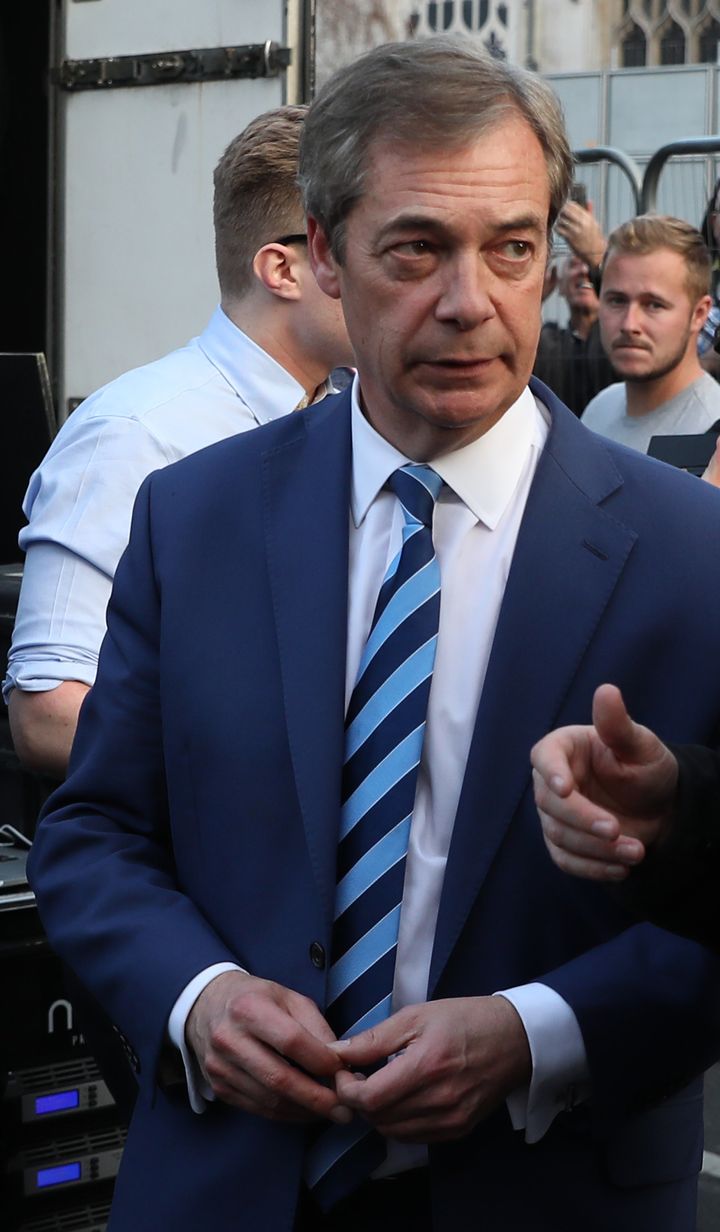
2018
January 11: The UK Foreign Office turns down a request from the Ecuadorian government to grant Assange diplomatic status. Ecuador confirms it has granted him citizenship in December after he made a request in September.
February 7: An unlikely friendship blooms as Pamela Anderson visits Assange at the embassy, as does Nobel Peace Prize winner Adolfo Perez Esquivel, it is reported.
During one visit in 2016, Anderson brought him a vegan meal, which Assange apparently referred to as “torture”.
Anderson said after visiting him: “I brought him a nice vegan lunch and some vegan snacks.
“He said I tortured him with bringing him vegan food”.
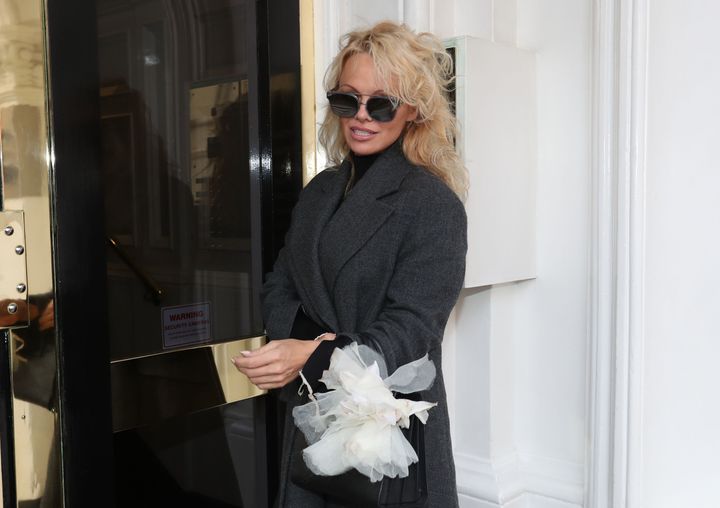
March 28: The Ecuadorian Embassy suspends Assange’s internet access.
The Ecuador Government says: “The measure was adopted due to Assange not complying with a written promise which he made with the government in late 2017, by which he was obliged not to send messages which entailed interference in relation to other states.”
Supporters, including actress Pamela Anderson, musician Brian Eno, fashion designer Dame Vivienne Westwood and former Greek minister Yanis Varoufakis, urge Ecuador to reverse the ban.
June 19: Vigils in several countries mark six years since Assange entered the Ecuadorian Embassy.
July 30: Dame Vivienne Westwood designs a new T-shirt in support of the WikiLeaks founder, with a slogan which reads: “I fought the law”.
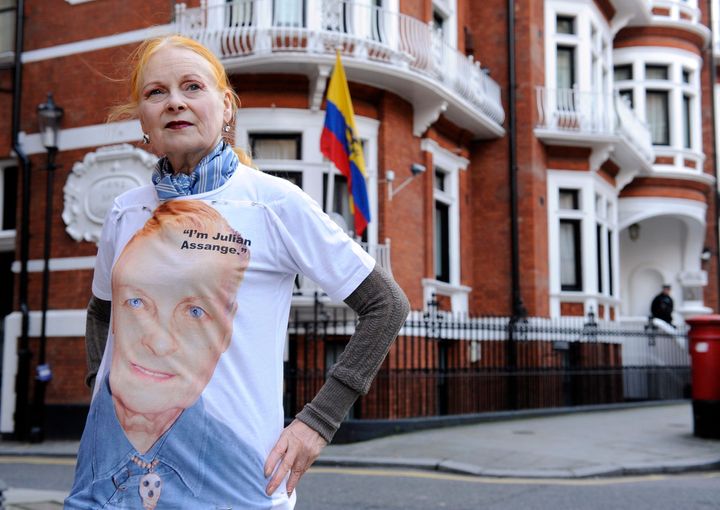
August 9: The United States Senate committee asks to interview Assange as part of their investigation into alleged Russian interference in the 2016 election. The next month, Assange steps down as editor of WikiLeaks.
In November, he reportedly frees his cat, aptly named Embassy Cat, as its isolation was becoming unbearable, Italian newspaper La Repubblica reported.
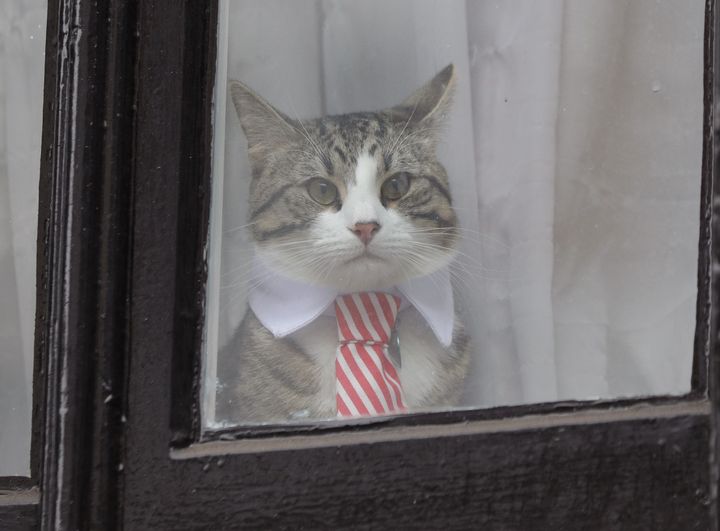
December 20: Assange’s father calls for the end to his son’s “torment”, following a visit to the embassy.
“His health is declining after years of ongoing stress, no sunlight and restricted access to visitors,” John Shipton said.
2019
April 11: Assange is arrested and removed from the embassy.

